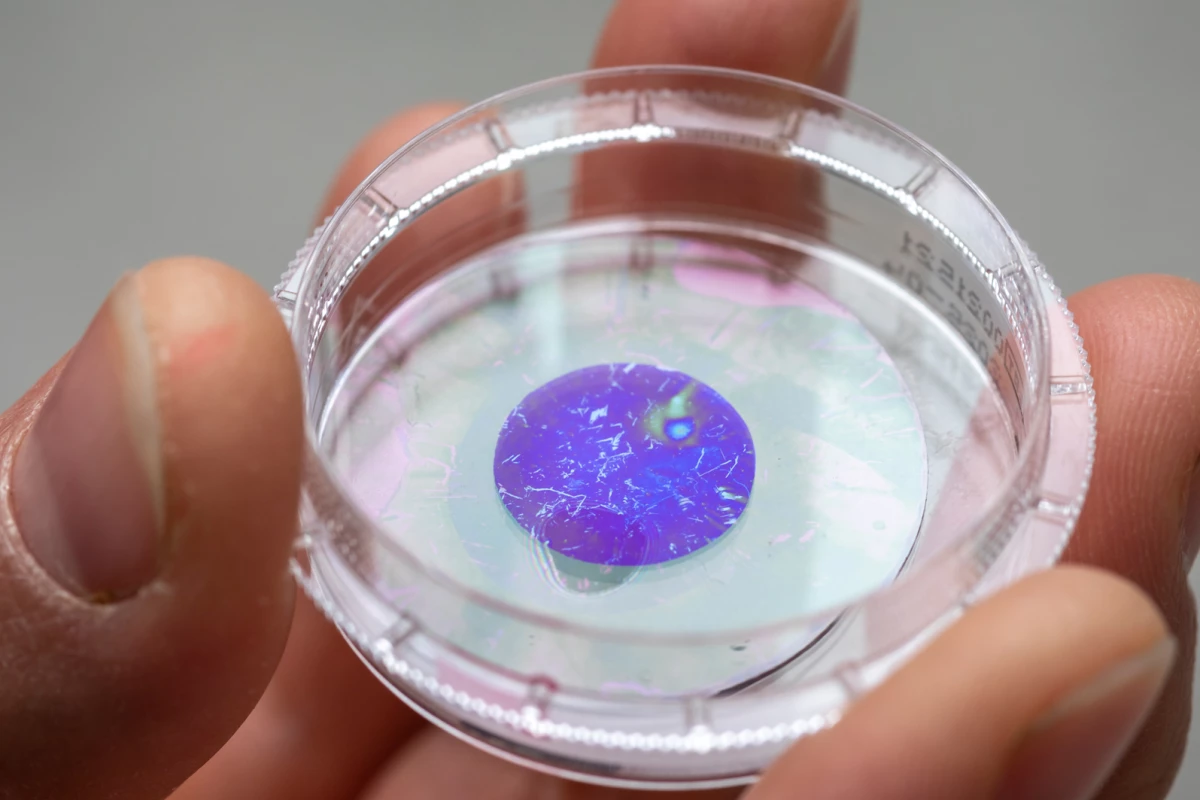By taking ultrathin films and color pigments used routinely in the food industry, scientists have developed an implantable device that can stimulate nerve cells to accelerate healing. Activated by light, the technology was demonstrated in first-of-a-kind laboratory experiments, and offers a new tool to study and potentially manipulate the nervous system.
Using electrical simulation to address damaged nerves is en established way to treat pain or speed up healing in the event of an injury. This type of therapy is usually delivered via invasive procedures where electrodes are implanted to administer the electrical stimulation, but scientists are making promising advances towards alternative approaches.
Recent examples include softer electrodes instead of the stiff ones used today, dissolvable implants that offer two weeks of ongoing stimulation, and belt-like devices that wrap around bladders to restore organ function. Adding another to the pool is a team from Austria's Graz University of Technology, the University of Zagreb and CEITEC in the Czech Republic, whose solution starts with light-sensitive color pigments.
These pigments were used to form a wafer-thin film just a few nanometers thick, which is able to turn light into an electrical charge, the same mechanism at play at the heart of organic solar cells. By pipetting nerve cells onto the film and allowing them to grow, they then respond to the electrical charge by generating electrical impulses of their own, known as action potentials, which allow communication among different nerve cells.
In lab experiments, the scientists were able to show that nerve cells grown on the film could be triggered by quick-fire light flashes to produce action potentials and stimulate nearby nerve cells. The type of red light used can penetrate deep into the body without causing damage, while the pigment films themselves are well-tolerated by human and animal cells.
“In contrast to the current usual electrostimulation via metal electrodes, our pigment films represent a completely new way of stimulating nerve cells," said study author Theresa Rienmüller.
The scientists describe the possible applications for the technology as wide-ranging, but see particular potential in treating severe brain injuries. In these scenarios the implant could be deployed to prevent nerve cells from dying off and boost the healing process. The technology could also find use in other neurological injuries and pain therapy, and while there is work to do to ready it for clinical use, the scientists believe the first films could be implanted in the next two years.
The research was published in the journal Advanced Materials Technologies.
Source: TU Graz




